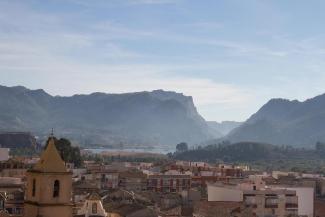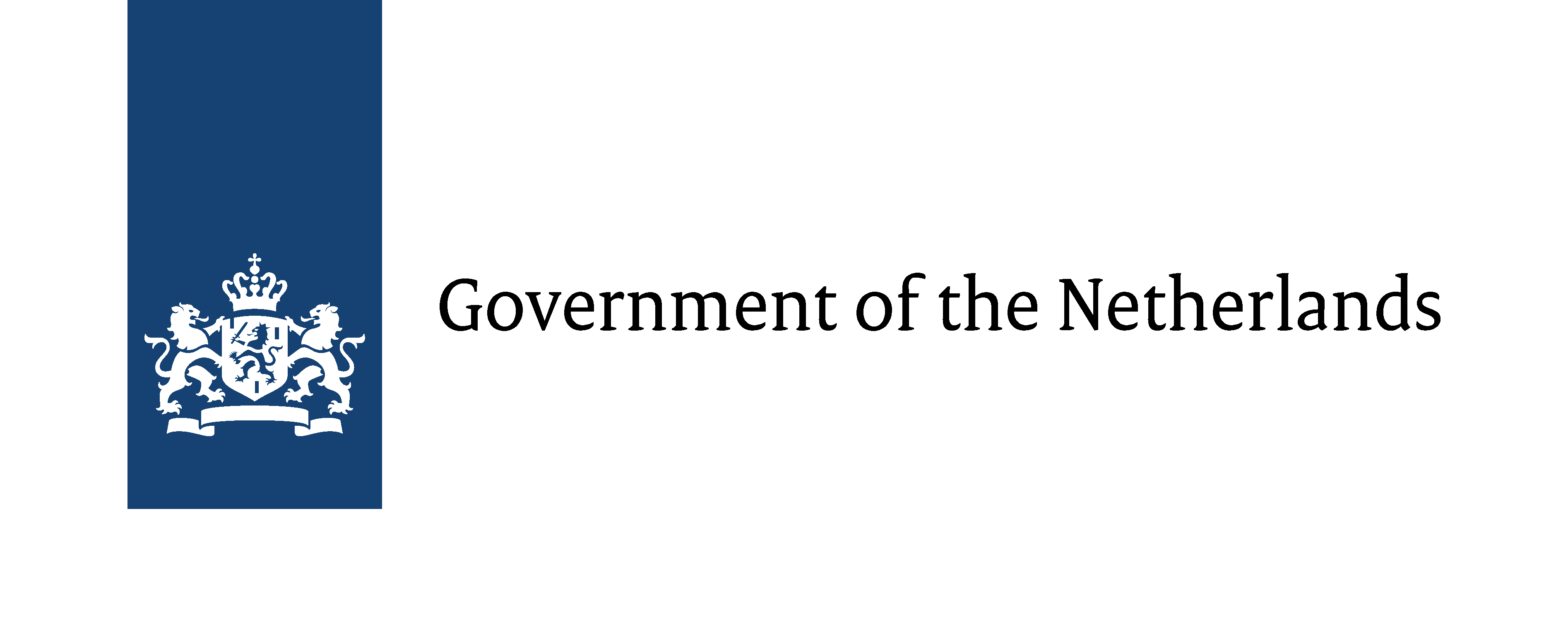
AADK Spain
AADK offers an interdisciplinary program that opens up a space for analysis, research and creation in deep dialogue with its context. Thus, the location models the practices on, and modifies both its participants and the local communities.
They aim to highlight the value of local knowledge as a means to re-think how rural environments can position themselves in an era of massive urbanization considering social, historical and geographical perspectives.
The program is intended for all artists and researchers who wish to work with the notions of body, territory and spatiality. Throughout their stay, participants conform to a temporary community that shares experiences and processes fostering debate, collaboration, and a transversal perspective of their projects.
The residency periods may be from one up to six months, being two months the minimum recommended for the full development of a project.
Participants are encouraged to keep in touch with them after their stay ends, being our intention to promote their work in forthcoming exhibitions as well as in papers, conferences and/or publications curated by our platform.
To date, the program has hosted more than 300 artists from different fields, positioning itself both regionally and internationally.
The Residencies is an interdisciplinary program that opens up a space for analysis, research, and creation in deep dialogue with its context. Thus, the location models the practices and modifies both its participants and the local communities.
They aim to highlight the value of local knowledge as a means to re-think how rural environments can position themselves in an era of massive urbanization, considering social, historical, and geographical perspectives.
The program is intended for all artists and researchers who wish to work with the notions of body, territory, and spatiality. Throughout their stay, participants form a temporary community that shares experiences and processes, fostering debate, collaboration, and a transversal perspective of their projects.
The residency periods may be from one up to six months, with two months being the minimum recommended for the full development of a project.
Participants are encouraged to keep in touch with them after their stay ends, as it is their intention to promote the artists' work in forthcoming exhibitions, papers, conferences, and/or publications curated by their platform.
To date, the program has hosted more than 300 artists from different fields, positioning itself both regionally and internationally.
The public presentation or Open Studios event at the end of each month will exhibit the artists' work, research, or artistic process developed during their stay. It is thus an essential part of the residency.
Spaces are provided depending on the applicant's request and spatial needs.
There are interconnected studio spaces varying in size, they can be requested for individual use or shared with other artists/collectives.
Accommodation options: individual apartment, individual studio apartment, big or small room in a shared house. The housing facilities are divided into two areas, consisting of a group of four apartments bordering Centro Negra and an old house in the center of the town. The latter was the former Video Art Museum, EDOM. The apartments are equipped with private kitchens, toilets and showers. They have a terrace for common use and direct access to the main building.
The house has three bedrooms, two bathrooms and a kitchen with a living room. It is located in the heart of the village and has excellent access to all shops and stores. It is also ideal to immerse oneself in the daily life of Blanca. Both housing areas have access to washing machines and are equipped with bedding and towels.
Surrounded by nature, the rural environment of Blanca allows one to enter the traditions and customs of a town in southern Spain, as well as being in coexistence with an artistic community.





